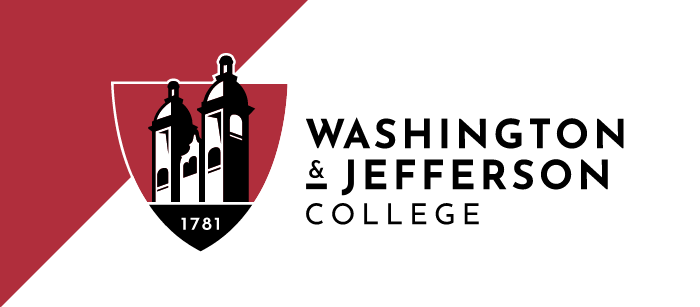Why has popular music had such an enduring hold on the public imagination? This course looks at the creators and consumers of popular music from the late nineteenth century to the present day. Students will learn about various subcultures, historical contexts and popular music genres, such as Tin Pan Alley, jazz, American musical theater, Latin American dance music, Motown, rock, country, and the fragmented subgenres of electronic dance music (EDM).
Readings will address the relationship between music and dance, music and marginalized minority groups, the cult of the disco diva, and DJ culture. This course will focus on the social implications of popular music: the symbiotic connection to urban communities, the complex gender and racial politics at play, the anti-establishment attitudes and later issues related to commercial success. Students will also develop their listening abilities and learn to think critically about various musical practices and relevant aesthetic theories.
MUS 321 is not open to students who have taken MUS 221.

